Featuring a highly interactive approach, this text is noted for its exceptionally clear and thorough coverage of how to conduct a functional behavioral assessment (FBA) through various assessment methods, how to diagnose the function of problem behaviors, and how to select a behavioral intervention that addresses the diagnosed function. The development of requisite behavior-analytic skills is aided by utilizing many “real-life” and hypothetical cases that represent common scenarios in applied settings.
Highlights include:
- Interactive approach, icons in the text alert readers to review related narrated online lectures highlighting FBAs and treatments and complete assignments embedded in text.
- Numerous cases, many based on the author’s clinical experiences in working with children and adults in educational and mental health settings, provide a realistic look at applied behavior analysis.
- Forms, interview protocols, and intervention plans illustrate the process of creating behavior plans from collected assessment data.
- A pioneering classification system for categorizing the function of problem behavior (Cipani BCS).
- Cases that model the process of assessment, classification, and treatment used in an FBA allow readers to role-play and develop presentation and classification skills.
New to this edition:
- Chapter objectives and BACB Tasks that match the content to be covered with objectives from the Behavior Analyst Certification Board (BACB) task list help readers master some of the skills required of behavior analysts.
- Assignments and discussion items with associated narrated PowerPoint lectures to further engage readers.
- Simulation Exercises to actively involve readers in collecting data, conducting an assessment, demonstrating the use of a function, or observing how to “shape” an alternate behavior.
- Self-Assessment exercises to help readers test their understanding of the content.
- The Cipani EO School Behavioral Interview Rating System to help in conducting interviews.
- The Cipani Replacement Function Classification System for determining the strength of replacement behaviors.
- Online instructor’s resources including test items tied to the chapter objectives, chapter PowerPoints with assignments, a course syllabus builder, and What to Read if You Used the Second Edition (Conversion Guide).
- Online student resources including narrated PowerPoints and video lectures.
An ideal text for courses in (applied) behavior analysis, behavioral or emotional assessment or management, child psychopathology, or developmental disabilities taught in school psychology, special education, behavior analysis, psychology, or social work; anyone who assesses and treats patients with challenging behaviors will also appreciate this book.

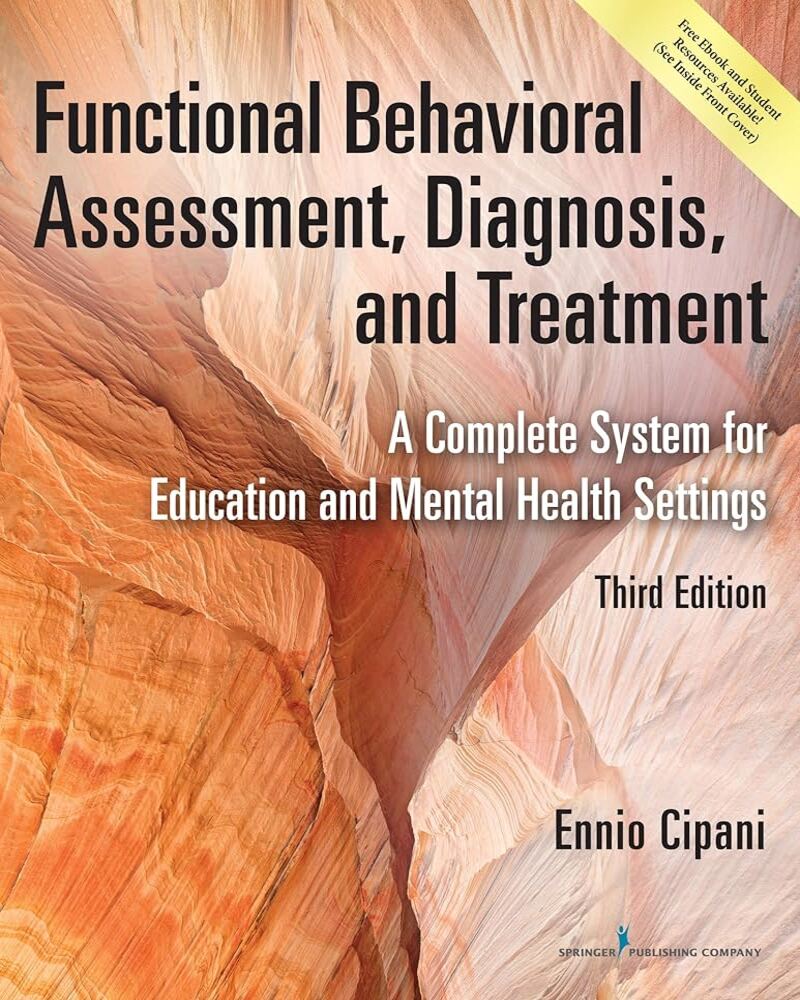

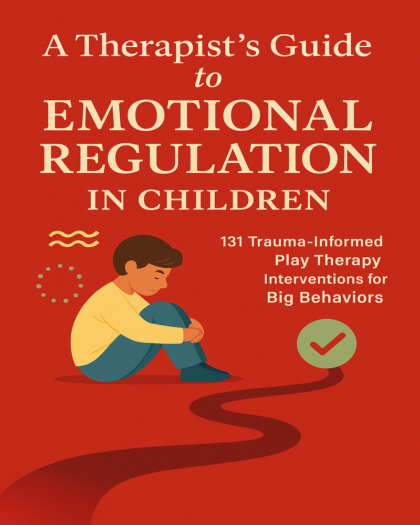
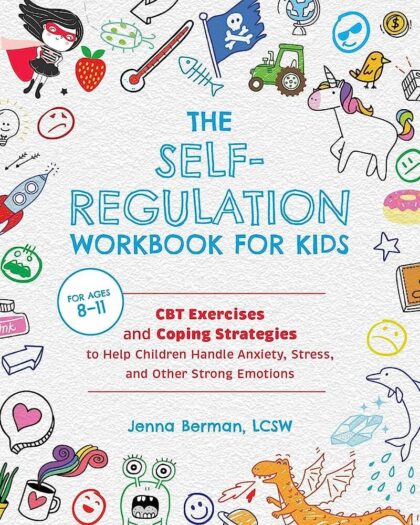
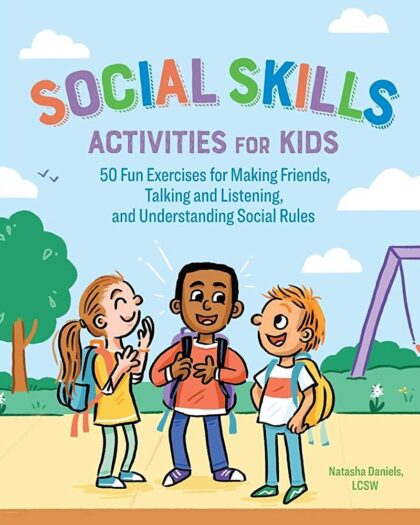



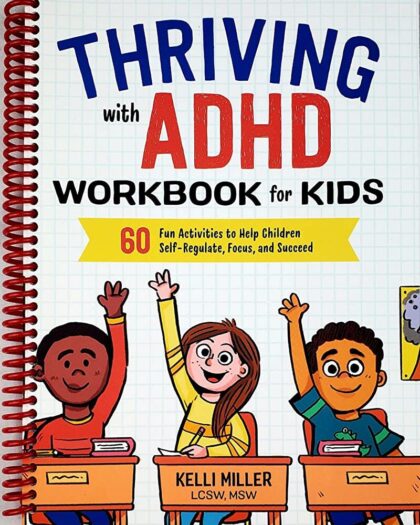
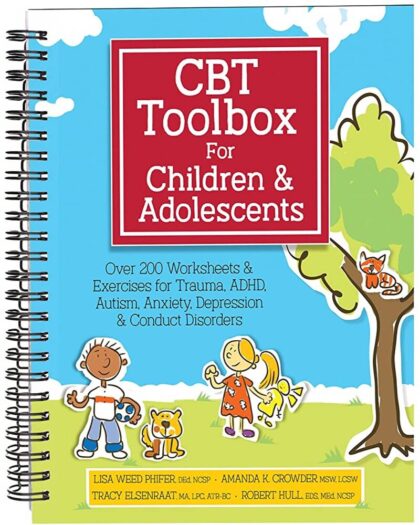
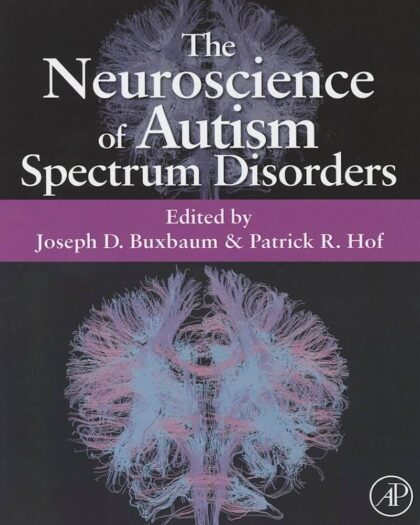

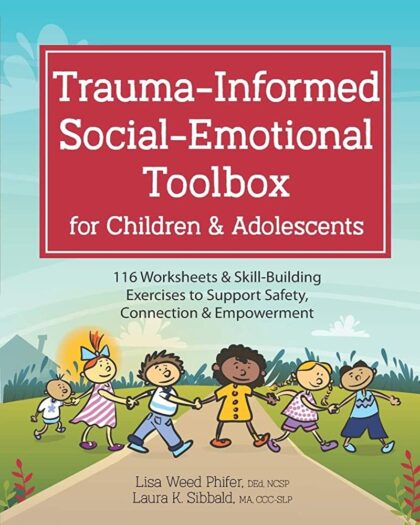
[Needed foe my ABA Masters Program]
The wording is simple, there's no topic jumping mid sentence, and the syntax is very basic. There's no possible way the reader can get confused while reading the terminology and concepts being discussed in this book. I've never wanted to actually finish a textbook so badly; I wish I had bought this book and not rented it!